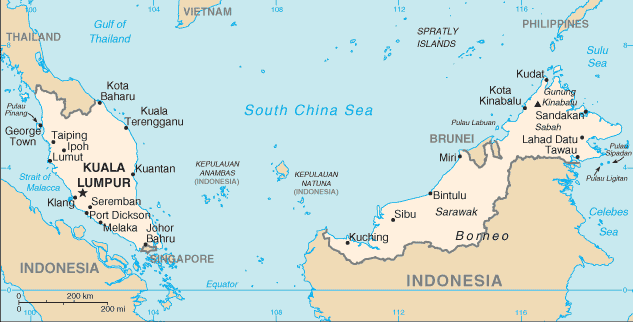Across Malaysia-
Across Asia
Primary
Source: World Fact Book
|
| .......................................................................... |
.. |
...........................
...Across Asia......................................... .................
|
| ........ |
..............................Building Bridges ACROSS the Barriers.................................... .............................................................................. |
........ |






